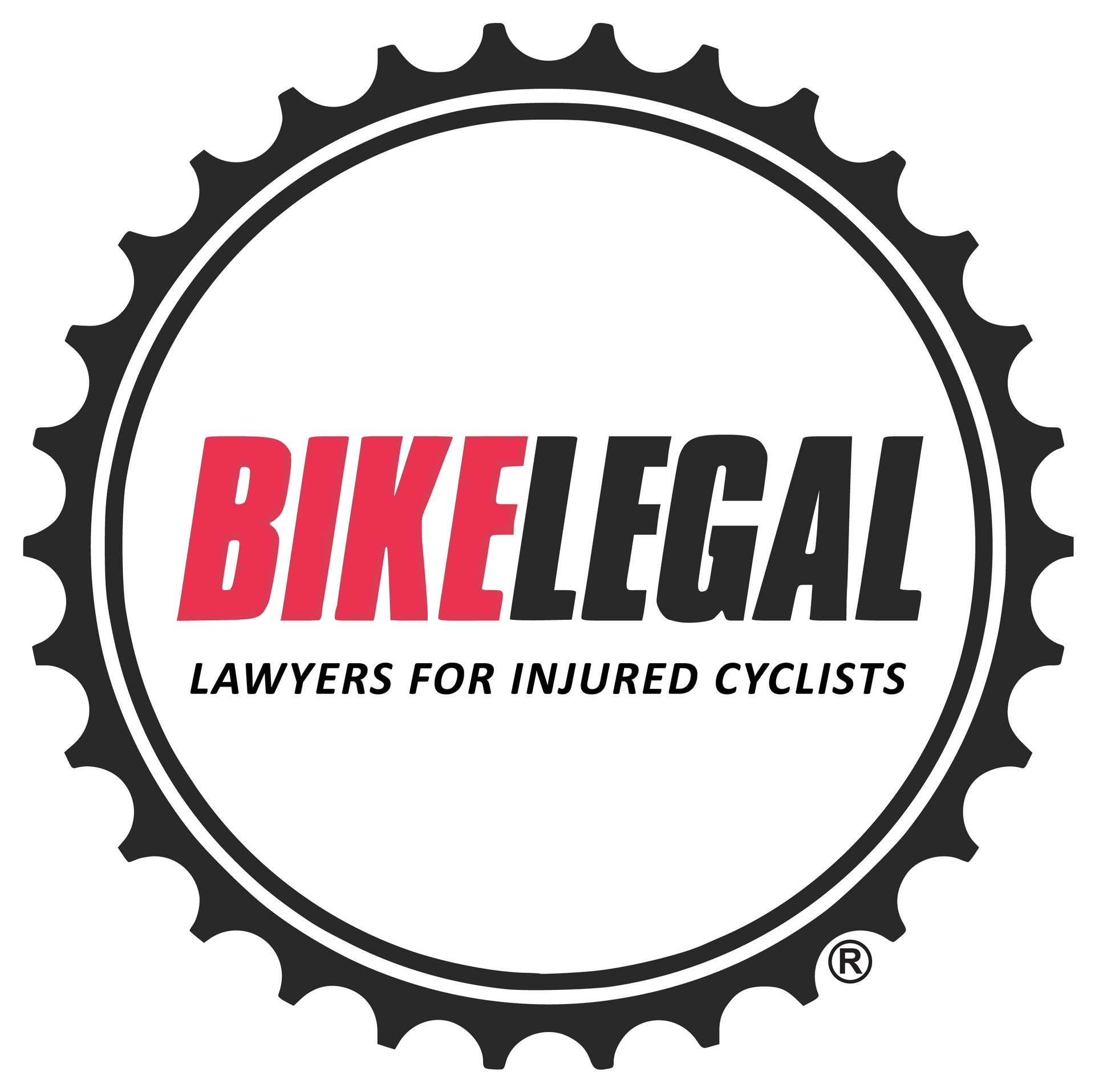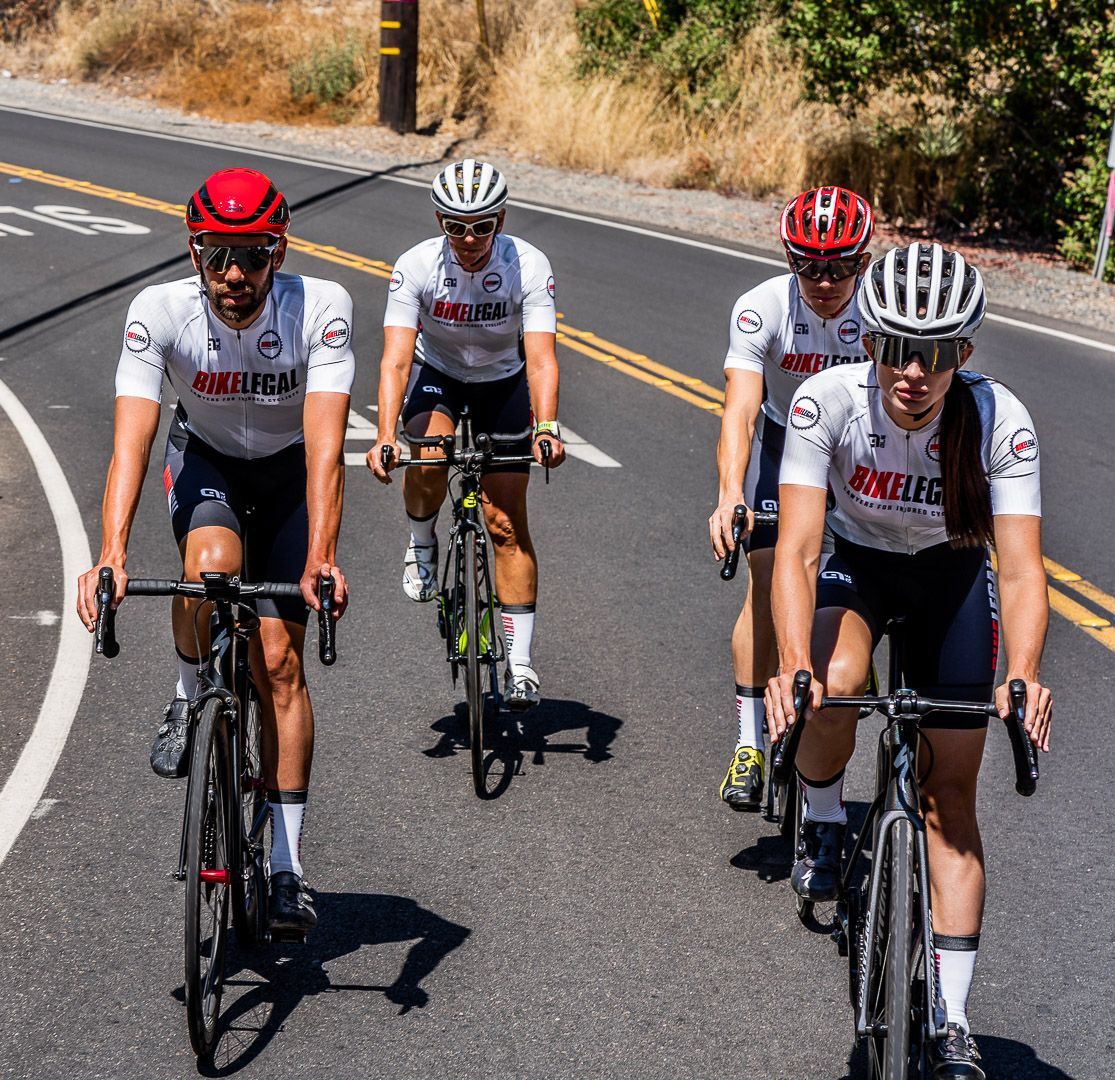Utah Bicycle Accidents: Statistics, Laws, & Tips
Follow us on
social media!
Utah is a paradise for cyclists, with stunning landscapes, challenging routes, and many bike-friendly cities. However, along with its many advantages, Utah presents some unique challenges for cyclists, from navigating heavy traffic in urban areas to contending with extreme weather conditions.
In this guide, you'll discover what makes Utah great for cycling, get familiar with the state's bicycle laws, and understand the accident statistics that every rider should know. Plus, learn which cities score high for bike-friendliness and how to stay safe while enjoying the roads and trails of Utah.
This guide will cover the following:
- The Pros of cycling in Utah
- Cycling Challenges in Utah
- Bicycle Accident Statistics in Utah
- State-specific Bicycle Laws in Utah
- Utah Cycling Safety Ranking
- Cyclist-Friendly Cities in Utah
- Why UM/UIM Insurance coverage is essential
- Cycling Advocacy Groups in Utah
- Steps Following a Cycling Accident in Utah
- Role of a Bicycle Accident Attorney in Utah
Pros of Cycling in Utah
Cycling in Utah offers an unparalleled experience, blending diverse landscapes with a thriving cycling community and opportunities for world-class training.
Here are some of the top reasons why Utah is a cyclist’s paradise:
- Diverse Terrain:
From the red rock deserts of St. George, home to the Ironman World Championships, to the Wasatch Mountains surrounding Salt Lake City and Park City, Utah’s landscapes provide endless routes for road, mountain, and gravel biking. Central Utah’s farmland and ranches offer hundreds of miles for exploration on gravel bikes, while Utah’s world-renowned mountain bike trails draw enthusiasts from around the globe. - Ideal for Altitude and Heat Training:
Utah’s elevation and challenging weather conditions—altitude, wind, heat, and cold—make it a prime spot for professional cyclists. Many athletes train here to prepare for race season, taking advantage of high-altitude and heat training, especially in the desert regions of southern Utah. - Incredible Mountain Bike Trails:
For mountain biking enthusiasts, Utah is a dream come true. The state is home to some of the best mountain bike trails in the world, from the challenging slickrock trails in Moab to the alpine trails in Park City. Whether you’re a beginner or an expert, you’ll find trails that suit your skill level while offering breathtaking views. - Supportive Cycling Community and Infrastructure:
Utah’s cycling community is welcoming and supportive. Cities like Salt Lake City, Ogden, and Park City have invested heavily in bike-friendly infrastructure, including dedicated bike lanes and trails, making it easier and safer to ride. Local cycling events and groups foster a strong sense of community, creating opportunities for cyclists to connect and share their passion for the sport.
Cons/Challenges of Cycling in Utah
While Utah offers many benefits for cyclists, there are also challenges to navigate:
- Traffic Concerns: In urban areas like Salt Lake City, cyclists often contend with heavy traffic. Navigating busy roads requires extra caution, making it vital for cyclists to be aware of their surroundings and for motorists to be mindful of cyclists.
- Diverse Terrain and Inconsistent Road Maintenance: Cycling in Utah’s varied landscapes might mean dealing with roads that are rough or poorly maintained, particularly in rural or mountainous regions.
- Seasonal Weather Extremes: Utah's weather can fluctuate dramatically. The winters can bring icy roads, while summers in southern Utah are not for the faint of heart – with temperatures often soaring to 110 degrees.
- Air Quality Concerns: Air quality in the Salt Lake basin can be a significant issue, affecting cyclists during certain times of the year.
Bicycle Accident Statistics in Utah
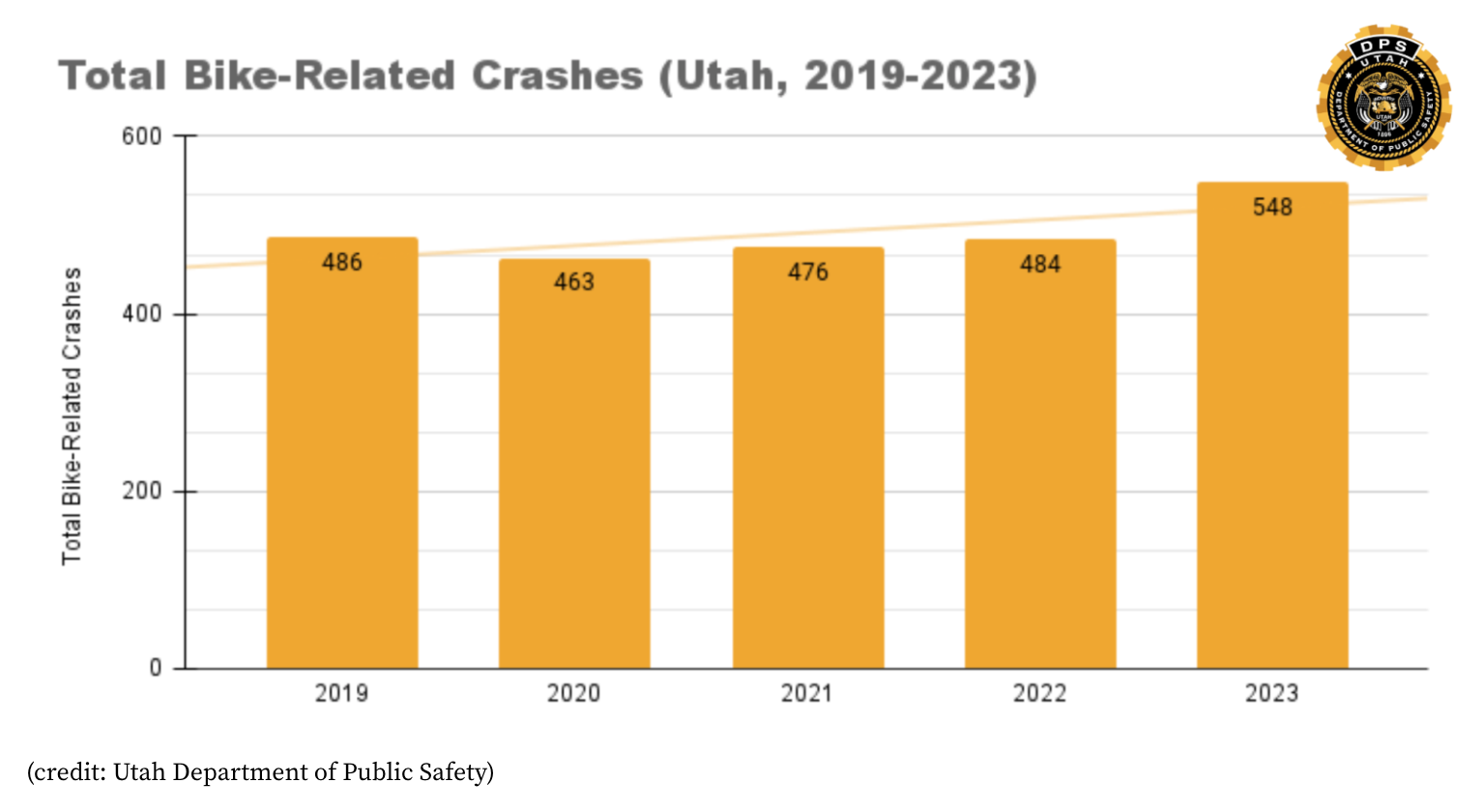
In 2023, Utah saw a five-year high in bike-related crashes, with 548 reported collisions. Nine of these crashes were fatal, and 55 left cyclists with serious injuries. The leading cause of these accidents—accounting for nearly 70%—was drivers failing to yield to cyclists.
2022 was particularly alarming, with 15 cyclist fatalities, marking a significant increase from prior years. This sharp rise in deaths highlights the urgent need for better road safety measures and heightened driver awareness to protect cyclists on Utah's roads.
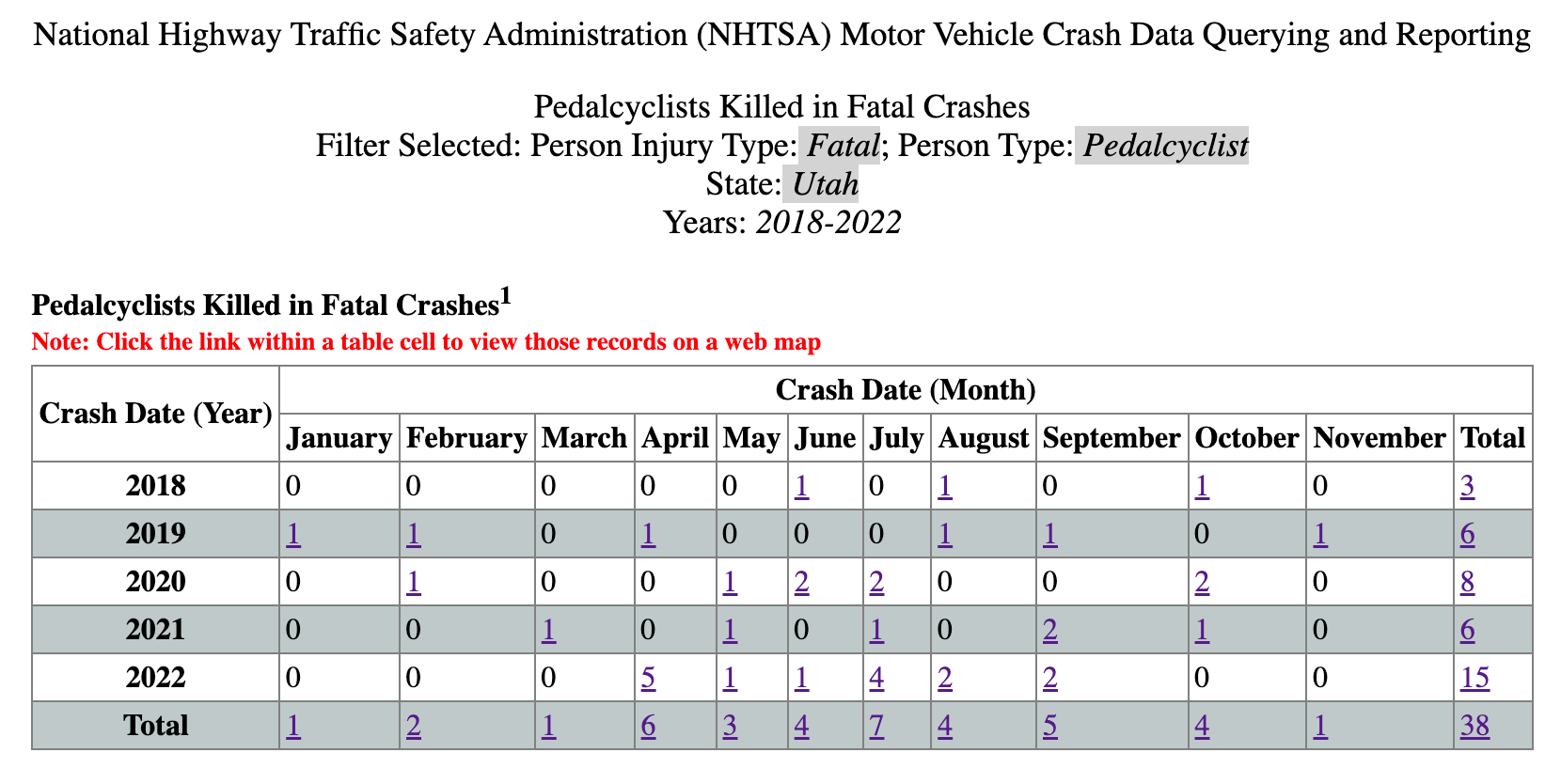
Utah Bicycle Accident Statistics by Year:
- 2019: 486 crashes, 6 fatalities
- 2020: 463 crashes, 8 fatalities
- 2021: 476 crashes, 6 fatalities
- 2022: 484 crashes, 15 fatalities
- 2023: 548 crashes, 9 fatalities
These statistics are a stark reminder of the ongoing challenges in ensuring cyclist safety in Utah. They highlight the importance of vigilant riding practices and laws and the need for enhanced safety measures and infrastructure.
State Bicycle Laws in Utah
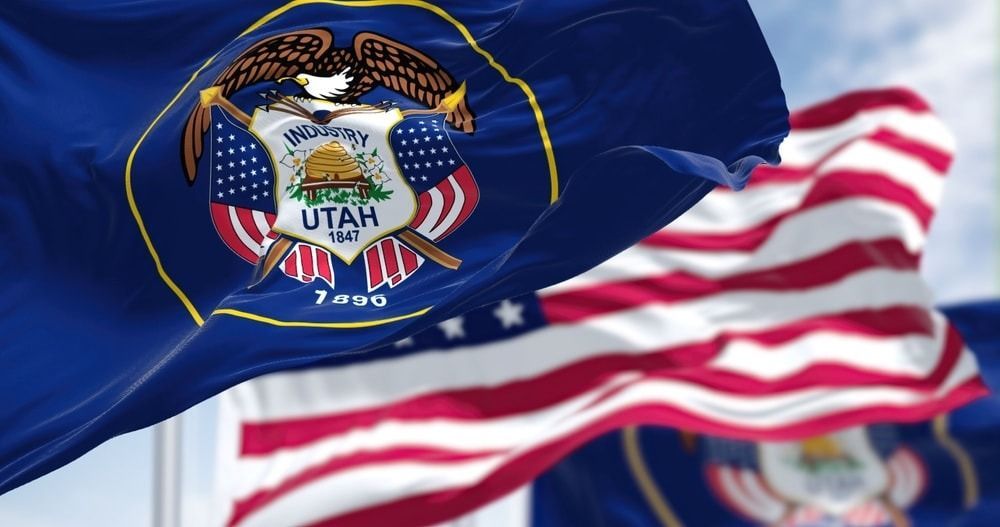
Understanding Utah's bicycle laws is essential for both cyclists and motorists to ensure safety and compliance on the roads. Below are key regulations that apply to cyclists and drivers in the state.
For Motorists:
- Safe Passing Law: Motorists must allow at least three feet of clearance when passing a moving bicycle (41-6a-706.5).
- No Harassment of Cyclists: Motorists are prohibited from attempting to distract or force a cyclist off the road (41-6a-706.5).
- Crossing the Centerline: Drivers may cross the centerline or use the center left-turn lane to safely pass a bicycle (41-6a-701, 41-6a-710).
- Distracted Driving Laws: Strict laws in Utah prohibit drivers from engaging in distracting activities, including using handheld devices, which could endanger cyclists.
For Bicyclists:
- Definition of a Bicycle: A bicycle is defined as a wheeled vehicle propelled by human power, operated by pedals or cranks, with wheels of 14 inches or greater. This includes electric-assisted bicycles (41-6a-102).
- Bicycles as Vehicles: Your bicycle is legally considered a vehicle, and you have the same rights and responsibilities as other vehicle operators. This includes obeying traffic signals, stop signs, and other traffic control devices (41-6a-1102, 41-6a-305, 41-6a-902, 41-6a-208).
- Direction of Travel: Cyclists must ride in the same direction as traffic (41-6a-1105).
- Riding to the Right: Ride as far to the right as practicable unless you are passing, turning left, avoiding hazards, or when the lane is too narrow to share safely with a vehicle (41-6a-1105).
- Two-Abreast Riding: You can ride two abreast, but only if it does not impede traffic (41-6a-1105).
- Bike Paths: In certain cases, you may be required to use off-road bike paths instead of the roadway (41-6a-1105).
- Left Turns: Cyclists can either use the left-turn lane like a motor vehicle or cross the intersection and make the turn from the far right side (41-6a-801, 41-6a-1108).
- Signaling: Cyclists must signal turns or stops at least three seconds before the action. However, continuous signaling isn’t required if both hands are needed to control the bike (41-6a-804, 41-6a-1109).
- Hand Signals:
- Left turn: Left arm extended horizontally.
- Right turn: Left arm extended upward or right arm extended horizontally.
- Stop: Left arm extended downward (41-6a-804).
- Red Light Law: Cyclists 16 years or older may proceed cautiously through a red light after stopping and waiting at least 90 seconds, provided no other vehicles or pedestrians have the right of way (41-6a-305).
- Passing on the Right: Cyclists may pass vehicles on the right by moving off the roadway if safe to do so (41-6a-705).
- Yield to Pedestrians: Always yield to pedestrians and use an audible signal when overtaking them. Avoid riding where bicycles are prohibited (41-6a-1106).
- Idaho Stop Law: As of 2021, cyclists may treat stop signs as yield signs and red lights as stop signs, cautiously proceeding after yielding to other vehicles or pedestrians (41-6a-305).
- Sidewalk Riding: Cyclists may ride on sidewalks unless prohibited by local ordinance or traffic-control devices. However, you must ride at a reasonable speed considering the hazards (41-6a-1106).
- Passenger Rules: Do not carry more people than the bike was designed for, but adults can carry a child in a securely attached backpack or sling (41-6a-1103).
- No Vehicle Attachment: Never attach yourself or your bicycle to any vehicle on the highway (41-6a-1104).
- No Racing on Highways: Bicycle racing on highways is prohibited unless it's part of an approved event (41-6a-1111).
- Hand Control: Cyclists must keep at least one hand on the handlebars at all times. You cannot carry items that prevent you from using both hands to control the bike (41-6a-1112).
- Lighting Requirements: When riding after dark or in low visibility conditions, you must have a white headlight and a red taillight or reflector visible from at least 500 feet. Reflectors on the side must also be visible (41-6a-1114).
- Brakes and Equipment: Your bike must have brakes capable of stopping within 25 feet from a speed of 10 mph on dry pavement. Sirens and whistles are not allowed on bikes (41-6a-1113).
- Helmet Law: Utah does not have a statewide helmet law, but some cities and counties have local ordinances requiring helmets, particularly for younger riders. Although it's not mandatory everywhere, wearing a helmet is highly recommended as it significantly reduces the risk of serious head injury in the event of a crash.
- Parking: Bicycles can be parked on sidewalks or on the roadway, as long as they don’t impede pedestrians or traffic. When parked on the road, they must be within 12 inches of the curb (41-6a-1107).
- Inspections: Peace officers may inspect your bicycle if there’s reason to believe it is unsafe or not equipped as required by law (41-6a-1110).
Electric Bikes (E-Bikes) in Utah
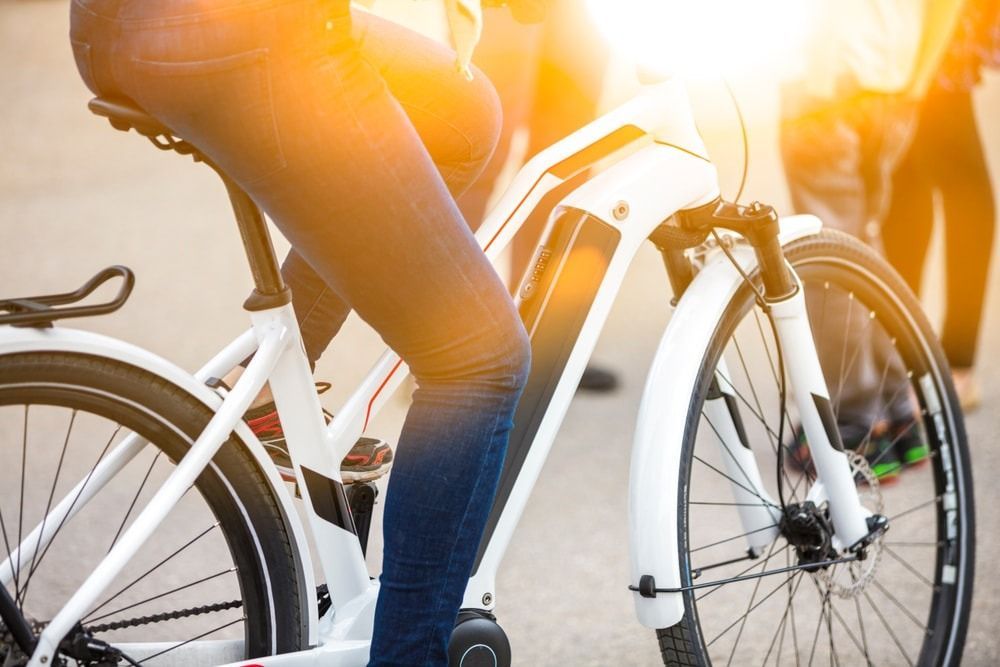
As of May 1, 2024, Utah has specific laws governing the use of electric-assisted bicycles (e-bikes). E-bikes are largely treated the same as regular bicycles under the law, with a few important restrictions and guidelines.
E-bikes can be used on designated bike paths and trails, but local authorities or state agencies may regulate or restrict their use on sidewalks, paths, or trails.
Age restrictions apply to certain e-bike classes:
- Individuals under 16 years old cannot operate a Class 3 electric-assisted bicycle.
- Individuals under 14 years old cannot operate an e-bike with the motor engaged on public property, highways, paths, or sidewalks unless supervised by a parent or guardian.
- Individuals under 8 years old cannot operate an e-bike with the motor engaged on public property, highways, paths, or sidewalks at any time.
E-bike manufacturers and distributors in Utah must label their products with details including the bike’s classification, top speed, and motor wattage. Sellers of other electric vehicles (those with less than four wheels and not classified as e-bikes) must clearly disclose that these vehicles are subject to different motor vehicle laws and may not be covered by standard insurance policies.
Violating any of these laws can result in an infraction. Additionally, deceptive advertising or mislabeling of non-e-bike vehicles as e-bikes is considered a deceptive trade practice under Utah law.
Safe State Ranking for Cycling in Utah
In 2024, The League of American Bicyclists ranked Utah #14 for cycling safety, showcasing a commitment to creating a bike-friendly environment:
- Infrastructure and Funding (C+): This grade reflects a solid commitment to developing cycling paths, with ongoing projects aimed at improving the experience for riders.
- Education and Encouragement (B): Utah's initiative for cyclist education and community engagement points to effective programs that cultivate a thriving cycling culture.
- Traffic Laws and Practices (C+): Utah has a good foundation of cycling-related traffic laws, highlighting the need for continued enhancements to ensure cyclists' safety.
- Policies and Programs (B): The state shows robust support within this category, emphasizing established policies that help protect and promote the interests of cyclists.
- Evaluation and Planning (A-): Utah’s commitment to assessing and strategizing for future improvements in cycling infrastructure and safety measures.
Safe Cities Rankings in Utah
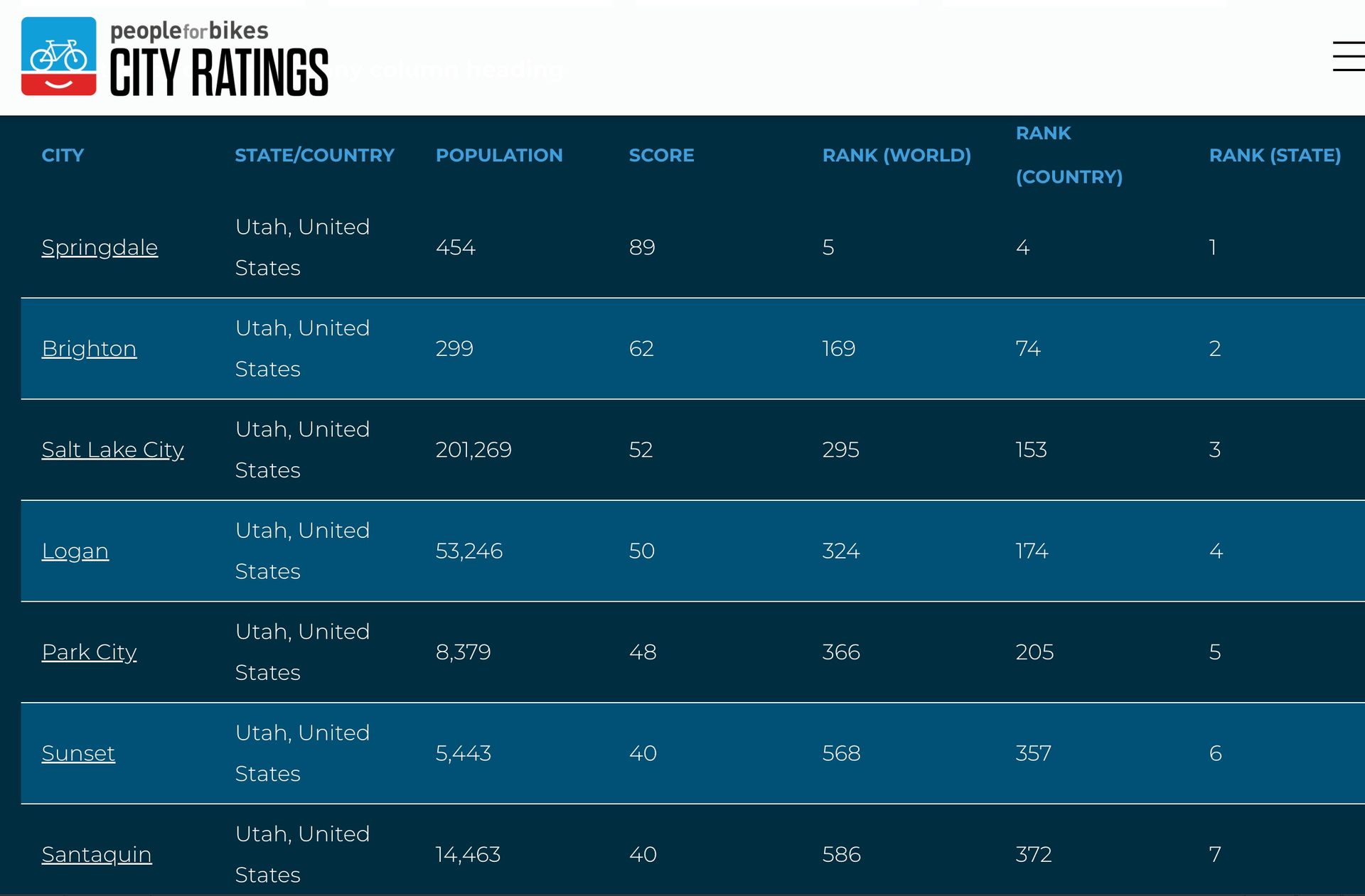
Cyclist safety in Utah can significantly vary across cities. Here's a look at how three major cities - Salt Lake City, Park City, and Provo - rank in terms of cyclist safety:
- Salt Lake City: This city is enhancing cyclist safety with more bike lanes and paths, integrating cycling into its urban landscape.
- Logan: Is a vibrant college town, is especially bike-friendly, with many students commuting to Utah State University by bike, taking advantage of the city's scenic routes and well-developed cycling infrastructure.
- Park City: Known for safe biking trails, Park City caters to both leisure and commuter cyclists, prioritizing cycling safety.
- Provo: Provo emphasizes safe routes for its large student population, contributing to a cyclist-friendly environment.
These cities lead the way in Utah's commitment to cycling safety. Other cities in the state are also making strides in improving conditions for cyclists.
Insurance in Utah: The Need for UM/UIM Coverage
Utah boasts a commendably low rate of uninsured drivers, at 7.3%, ranking 48th in the nation. However, the state’s mandatory insurance minimums may fall short in serious accidents, particularly for cyclists who are more exposed to risks on the road.
Utah law mandates that drivers carry BI & PD Liability, as well as Personal Injury Protection (PIP), with minimum liability limits of 25/65/15. In layman's terms, this provides up to $65,000 coverage for all persons hurt in an accident, subject to a $25,000 limit per individual, and $15,000 for property damage.
However, when accidents occur, the reality is that the costs can quickly spiral beyond these limits, especially when serious injuries and extensive property damage are involved. This is where UM/UIM coverage becomes invaluable. It steps in to cover those extra expenses that may arise when the at-fault driver's insurance is insufficient.
For cyclists, who are more vulnerable in collisions, UM/UIM coverage is particularly crucial. It offers a safeguard against the economic burdens of medical bills, rehabilitation costs, bike repairs, or even lost wages due to injury.
State Advocacy Groups in Utah
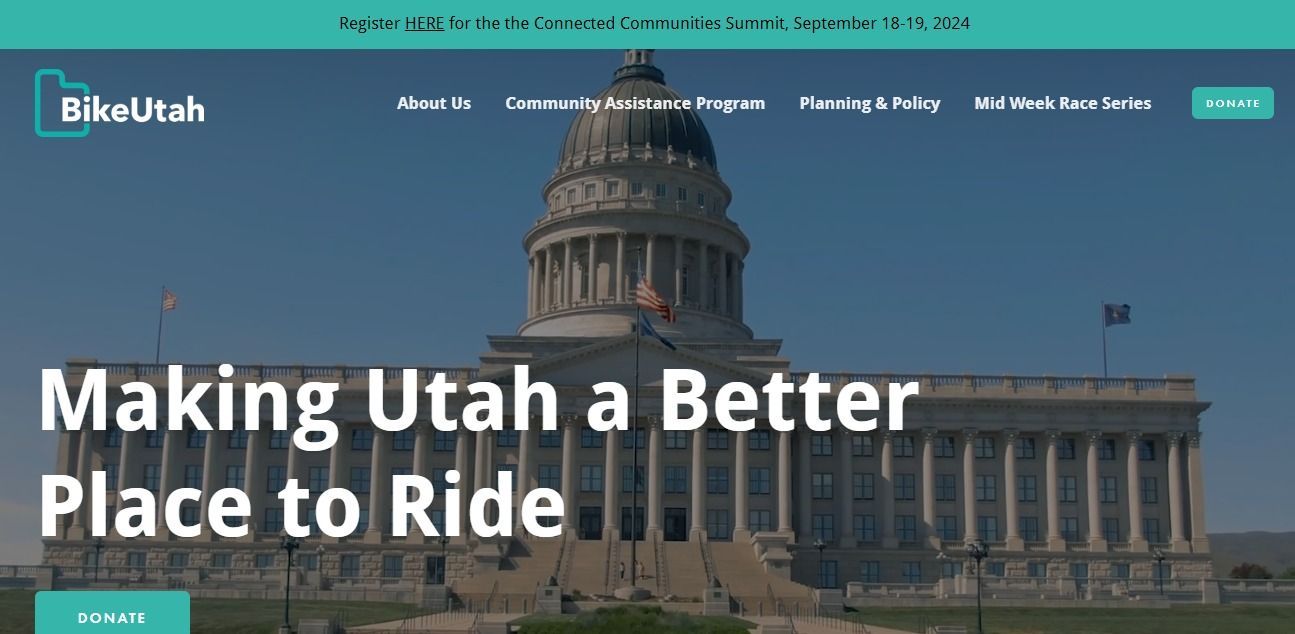
Utah is home to several advocacy groups dedicated to improving cycling safety and promoting the rights of cyclists. These organizations are instrumental in shaping a bike-friendly environment across the state.
Here are a few notable groups:
- Bike Utah: Advocates for improved bicycling conditions statewide, focusing on policy, education, and community engagement.
- Cycling Utah: Promotes cycling as a healthy and sustainable transportation mode, providing news, event information, and advocacy updates.
- Southern Utah Bicycle Alliance (SUBA): Focuses on improving cycling conditions in Southern Utah, connecting cyclists through various programs and events.
Beyond community advocacy, legal advocacy holds significant importance, particularly when navigating cycling laws and addressing legal concerns stemming from accidents or incidents. Engaging with these groups can provide support, information, and a sense of community for cyclists in Utah.
Major City Advocacy Groups in Utah
In Utah's major cities, several advocacy groups work tirelessly to enhance the cycling experience.
- Salt Lake City Bicycle Advisory Committee: Focuses on improving bicycle policies and infrastructure in the state's capital.
- The committee has been a key player in promoting, enhancing, preserving, and restoring physical, social, political, and economic environments in which bicycling is recognized as an essential element of a clean, healthy, and vital community.
- The committee has provided recommendations to the Transportation Division on bicycle-related and multi-modal Capital Improvement Projects and programs and has provided yearly input.
- The Bicycle Advisory Committee has advised and provided input on updates to the Bicycle and Pedestrian Master Plan, and resulting implementation.
- Provo Bicycle Committee: Advocates for better cycling conditions and safety in Provo.
- Provo was designated as a silver-level Bicycle Friendly Community by the League of American Bicyclists in 2016, recognizing infrastructural improvements like bike lanes and widened street shoulders.
- Provo has made substantial investments in bicycling infrastructure, such as redesigning Bulldog Boulevard with protected bike lanes and transforming North University Avenue into a Bicycle Boulevard/Neighborhood Greenway in 2018.
- They also hosted events like Y-Bike to encourage students to ride bicycles to school and promoted on-campus bike clubs, including bicycle advocacy and bike racing clubs
- Stay Park City Cycling: Champions for improved biking trails and urban cycling lanes in Park City.
- Stay Park City Cycling has partnered with local lodging providers to offer cyclist-friendly accommodations, making it easy for visitors to access the best cycling routes in the area
- They have been instrumental in promoting cycling as a healthy and sustainable mode of transportation in the community. They have worked with local government and businesses to create safe and accessible cycling infrastructure.
- Stay Park City Cycling has contributed to the growth of sustainable tourism in Park City by promoting cycling as a low-impact and eco-friendly mode of transportation and recreation.
These groups play a pivotal role in shaping Utah's cities into more cyclist-friendly environments, offering support and pushing for crucial changes in infrastructure and policies.
What to Do If You've Been Involved in a Cycling Accident in Utah
If you're involved in a cycling accident in Utah, taking the right steps immediately afterward is crucial. Here’s a guide tailored to Utah’s laws and resources:
- Call 9-1-1: Report the accident immediately. Even if injuries seem minor, a police report and medical assessment are important.
- Document the Scene: Take photos of the accident scene, your bicycle, and any injuries. Gather contact information from witnesses and the involved parties.
- Seek Medical Attention: Don’t underestimate your injuries. Visit a healthcare professional as soon as possible for a thorough check-up.
- Report the Accident: Notify your insurance company about the accident. Be factual about the incident but avoid accepting blame or making definitive statements about your injuries.
- Keep Records: Document everything related to the accident, including medical reports, expenses, police reports, and correspondence with insurance companies.
- Consult a Bicycle Accident Attorney: Consider consulting a bicycle crash lawyer in your region. They can guide you on state-specific laws and help in dealing with insurance claims or litigation.
- Follow-up: Stay proactive in your recovery and legal processes. Follow up with healthcare providers and your attorney as needed.
Why You Need a Utah Bicycle Accident Attorney?
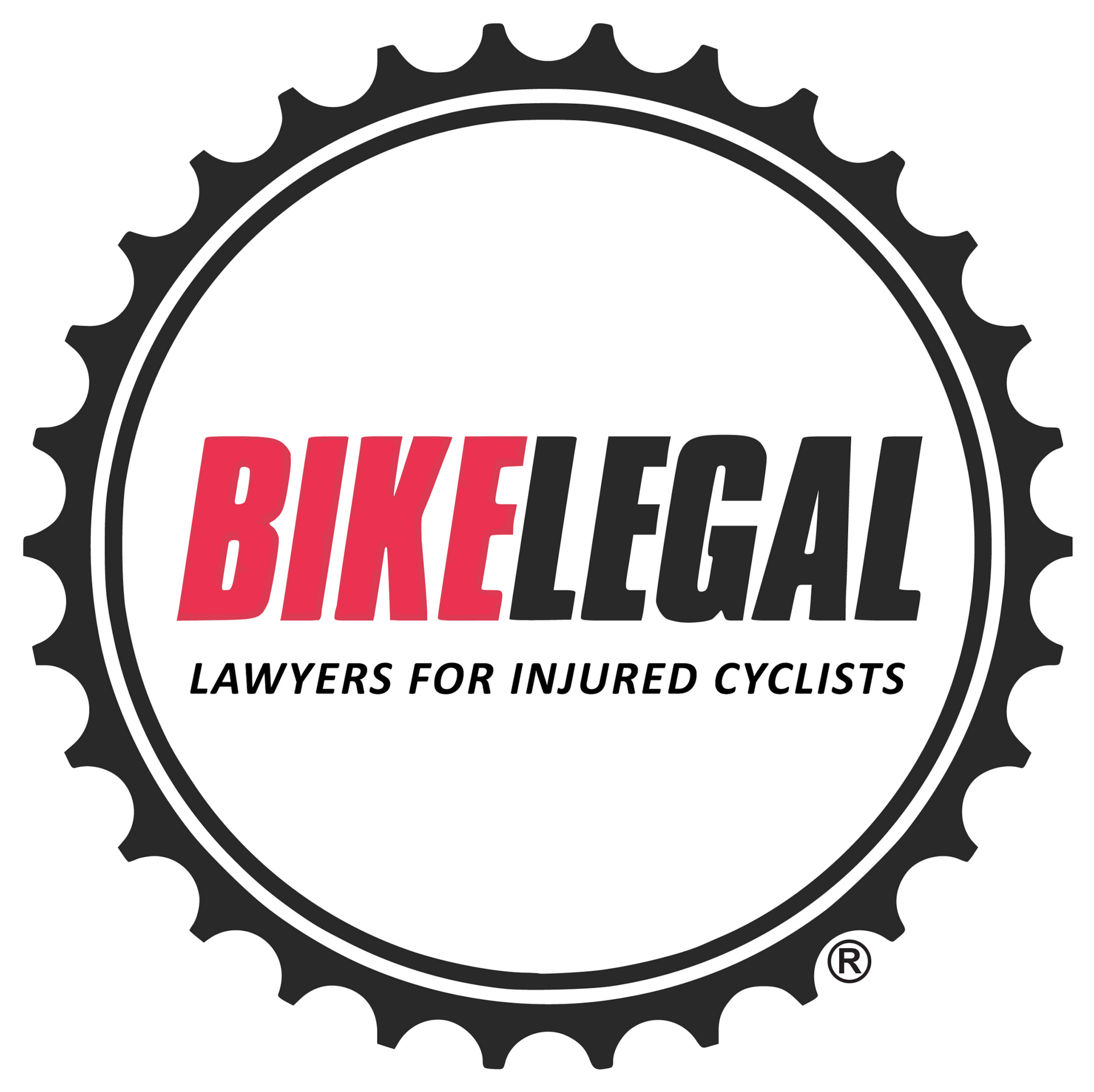
If you're involved in a bicycle accident, navigating the aftermath can be complex and overwhelming. While any personal injury firm may offer representation, choosing a law firm that specializes in bicycle accidents is crucial. Bicycle accidents involve unique legal and safety issues, from understanding cycling laws to addressing injuries that can be more severe than typical motor vehicle accidents.
At Bike Legal, we focus exclusively on bicycle accident cases, giving us deep expertise in Utah’s cycling laws and the specific challenges cyclists face. With years of experience handling bike-related claims, our team knows how to maximize compensation for medical expenses, property damage, lost wages, and more. Our proven track record of success and glowing testimonials from clients set us apart, showing that we not only know the law but also understand the cyclist's perspective.
Choosing Bike Legal means partnering with a firm that truly understands cycling, from the legal aspects to the on-the-road realities. Our experience, results, and satisfied clients make us the top choice for cyclists seeking expert legal representation in Utah. When your safety and recovery are at stake, you deserve a firm that’s as passionate about cycling as you are.
Request a free consultation by calling 877-BIKE LEGAL (877 245-3534) or submitting a form.
